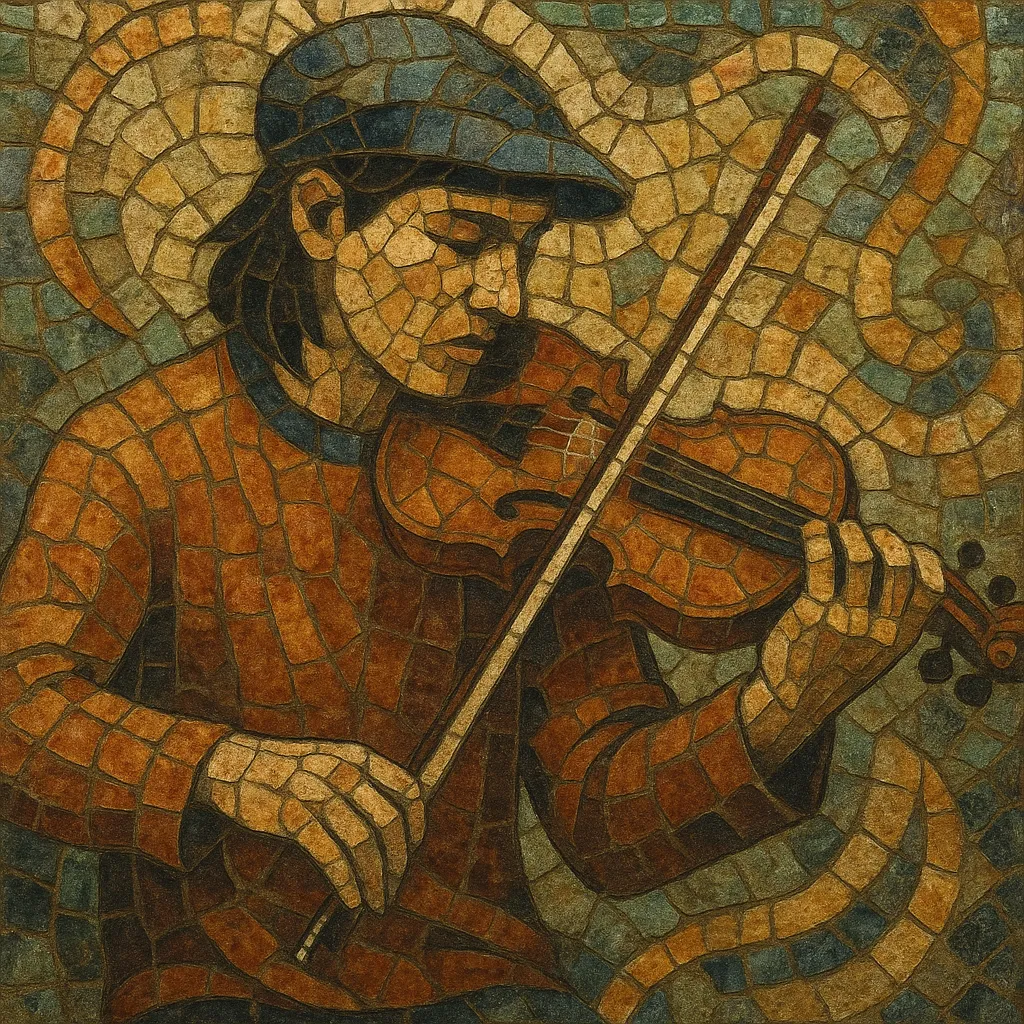James Bay fiddling is a regional Indigenous fiddle tradition from the James Bay region of Canada, centered in Cree and Omushkego (Mushkegowuk) communities on the Quebec and Ontario coasts of the bay. It blends older Scottish, Irish, and French-Canadian dance tunes with local aesthetics, community dance practices, and Indigenous step-dance traditions.
The style is primarily for social dancing—reels, jigs, schottisches, and waltzes—played with driving bow rhythms, percussive foot-stomping, and frequent drones or double-stops. Melodies are typically straightforward and memorable, often repeated to serve long community dances, and sometimes feature “crooked” phrasing (irregular bar counts) characteristic of many Indigenous and Métis fiddle traditions.
James Bay fiddling arose as a community dance music in Cree and Omushkego communities along the James Bay coast. Though closely related to other Canadian Indigenous and Métis fiddle styles, it developed regional characteristics tied to local dances, gatherings, and step-dance practices.
Violins and European dance repertoires reached James Bay via the Hudson’s Bay Company and voyageurs during the fur trade era. Scottish, Irish, and French-Canadian workers brought reels, jigs, schottisches, and waltzes. Local musicians adopted the fiddle and adapted the repertoire, emphasizing strong dance pulse, foot percussion, and melodic variation suitable for long social sets.
Throughout the 20th century, fiddling remained central at weddings, feasts, and seasonal gatherings. Tunes were passed ear-to-ear rather than through written notation, leading to distinct local variants and occasional “crooked” versions. Informal accompaniment—often guitar—grew in importance, while the core social function of the music stayed constant.
Field recordings, festivals, and cultural programs helped document and share James Bay repertoire beyond the region. Contemporary musicians continue to preserve traditional dance sets while also engaging with broader Canadian fiddle networks. Workshops and community events across Eeyou Istchee (Quebec) and the Mushkegowuk region (Ontario) sustain the style, ensuring transmission to younger players.


